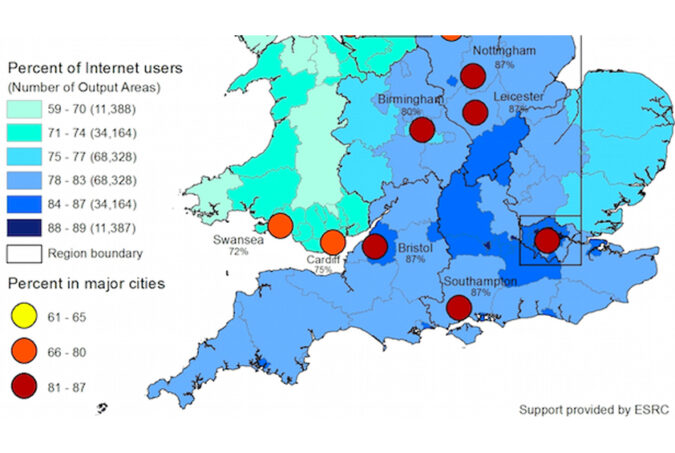
Twitter data have many qualities that appeal to researchers, but are probably not suitable for research where representativeness is important. Image: Bernard Goldbach (Flickr).
Twitter data have many qualities that appeal to researchers. They are extraordinarily easy to collect. They are available in very large quantities. And with a simple 140-character text limit they are easy to analyse. As a result of these attractive qualities, over 1,400 papers have been published using Twitter data, including many attempts to predict disease outbreaks, election results, film box office gross, and stock market movements solely from the content of tweets. Easy availability of Twitter data links nicely to a key goal of computational social science. If researchers can find ways to impute user characteristics from social media, then the capabilities of computational social science would be greatly extended. However few papers consider the digital divide among Twitter users. But the question of who uses Twitter has major implications for research attempts to use the content of tweets for inference about population behaviour. Do Twitter users share identical characteristics with the population interest? For what populations are Twitter data actually appropriate? A new article by Grant Blank published in Social Science Computer Review provides a multivariate empirical analysis of the digital divide among Twitter users, comparing Twitter users and nonusers with respect to their characteristic patterns of Internet activity and to certain key attitudes. It thereby fills a gap in our knowledge about an important social media platform, and it joins a surprisingly small number of studies that describe the population that uses social media. Comparing British (OxIS survey) and US (Pew) data, Grant finds that generally, British Twitter users are younger, wealthier, and better educated than other Internet users, who in turn are younger, wealthier, and better educated than the offline British population. American Twitter users are also younger and wealthier than the rest of the population, but they are not better educated. Twitter users are disproportionately members of elites in both countries. Twitter users also differ from other groups in their online activities and their attitudes.…



